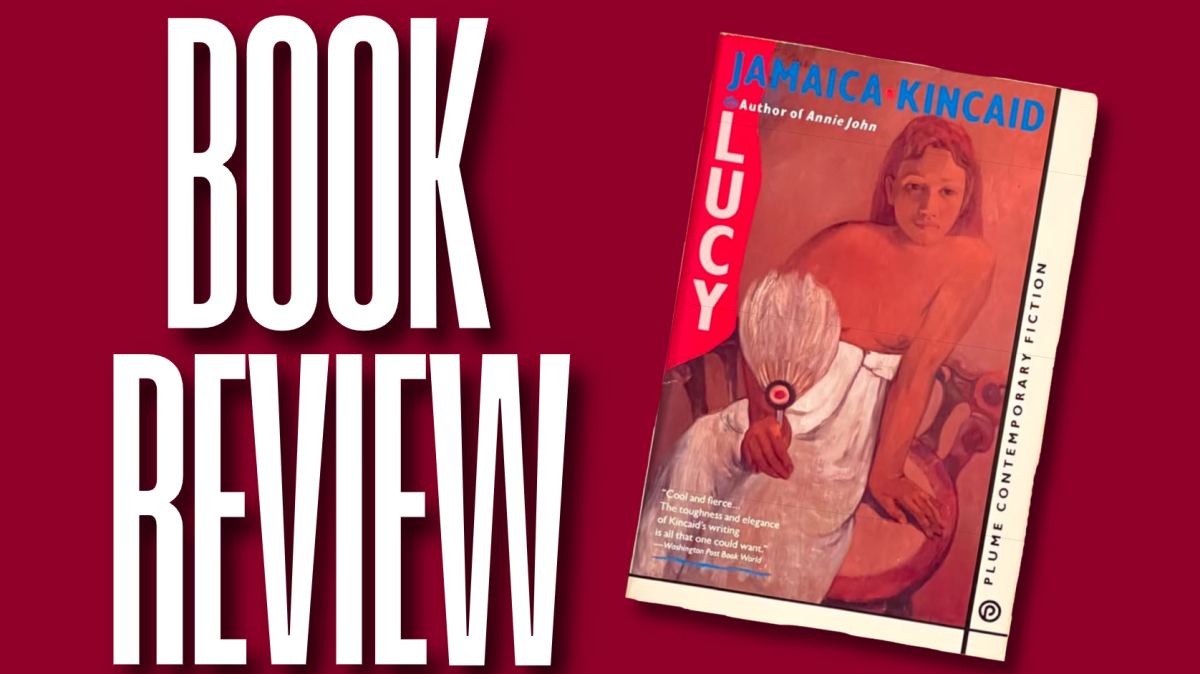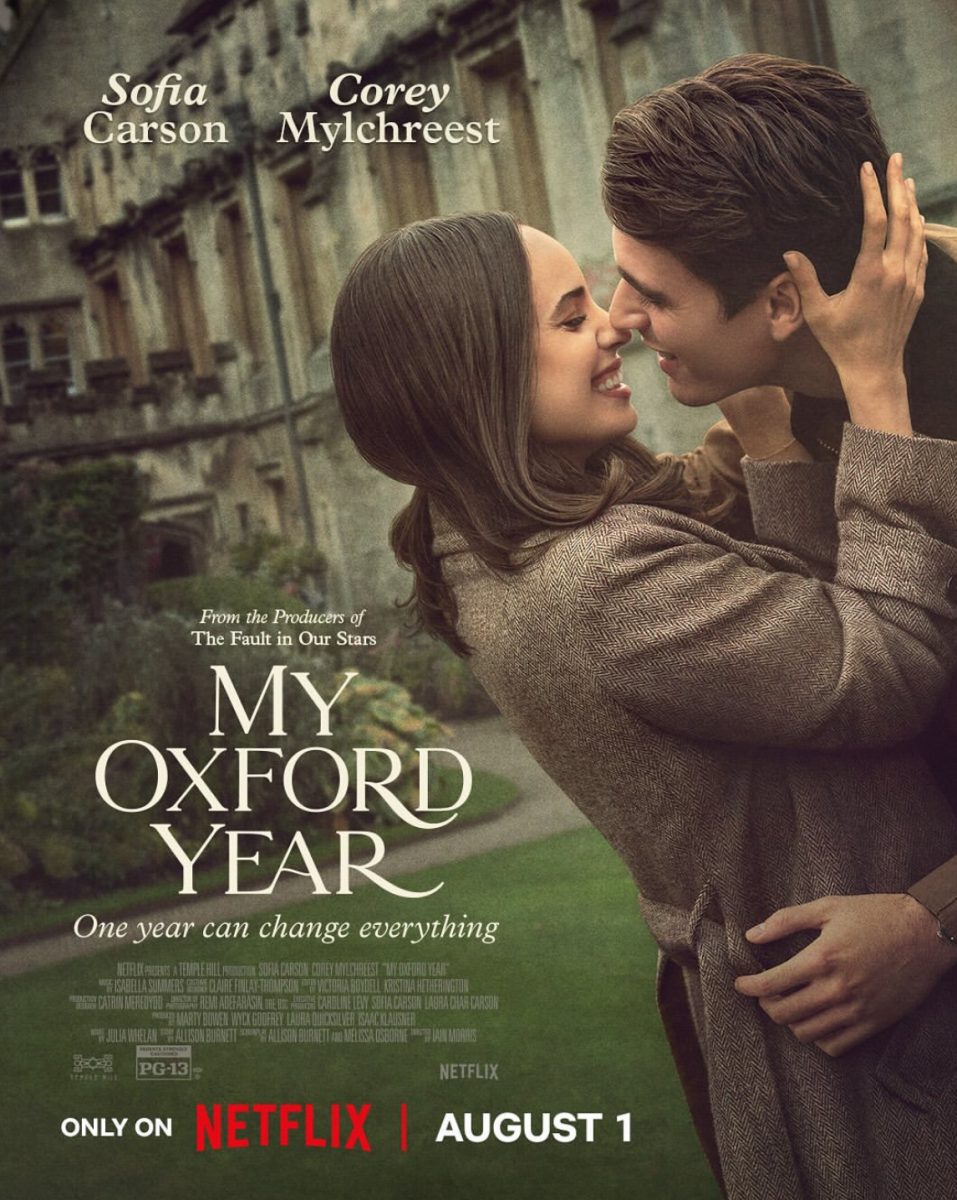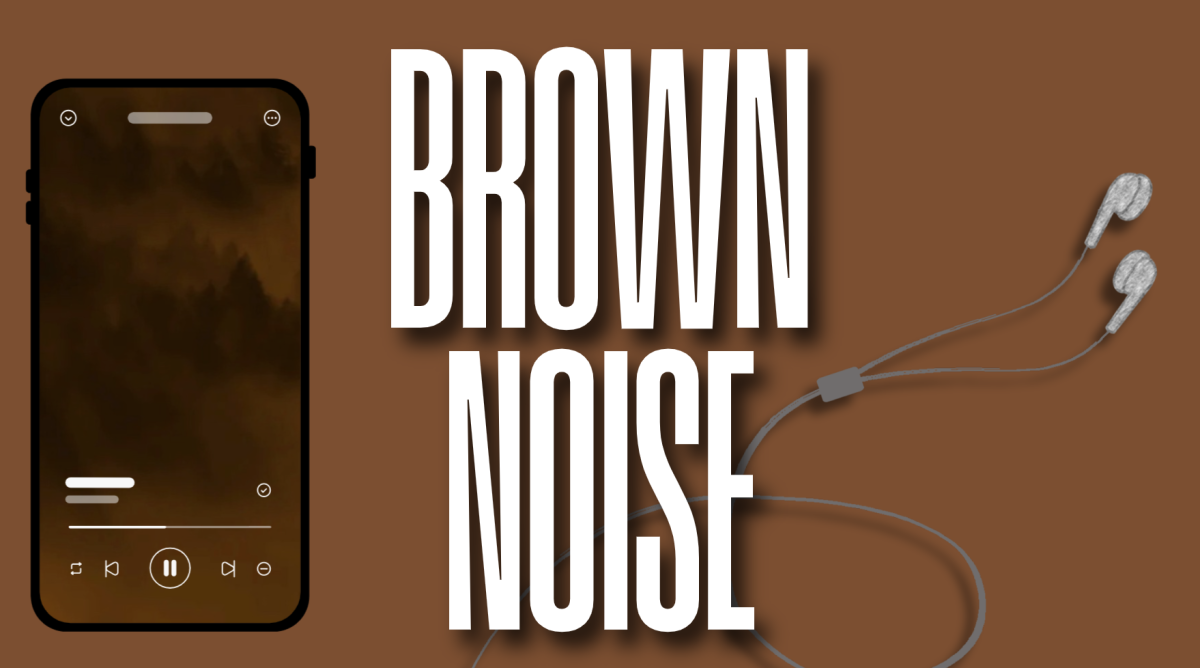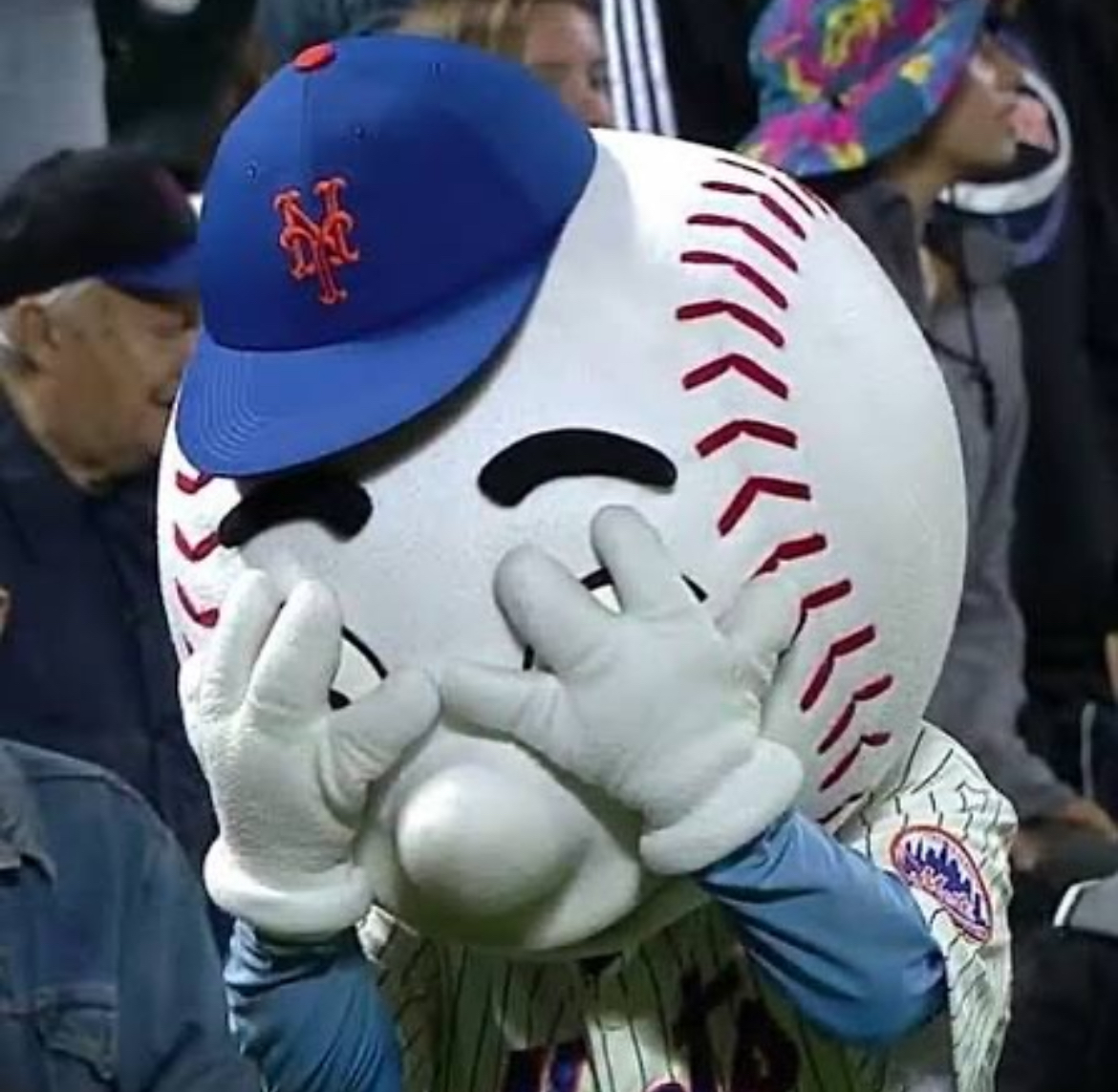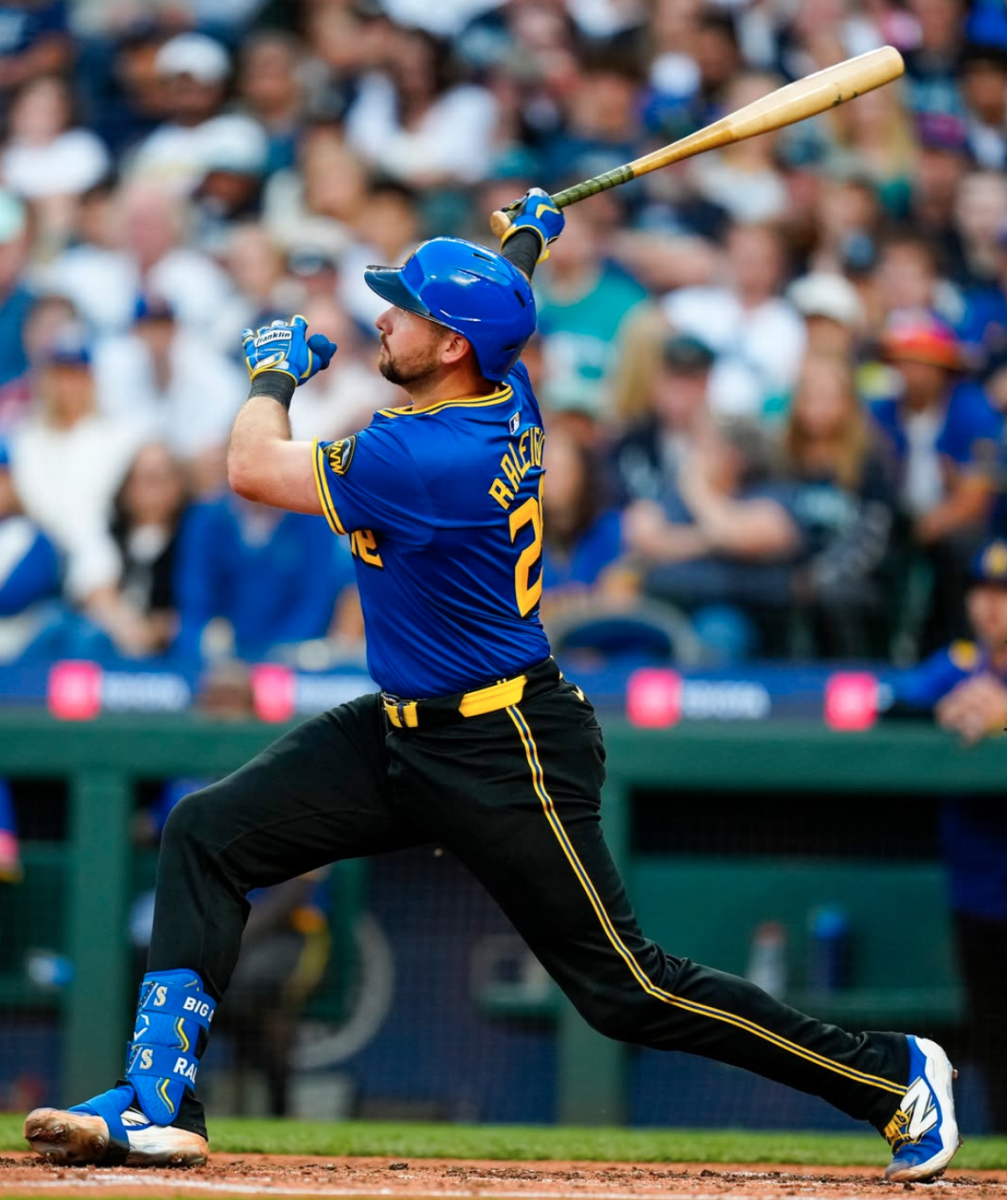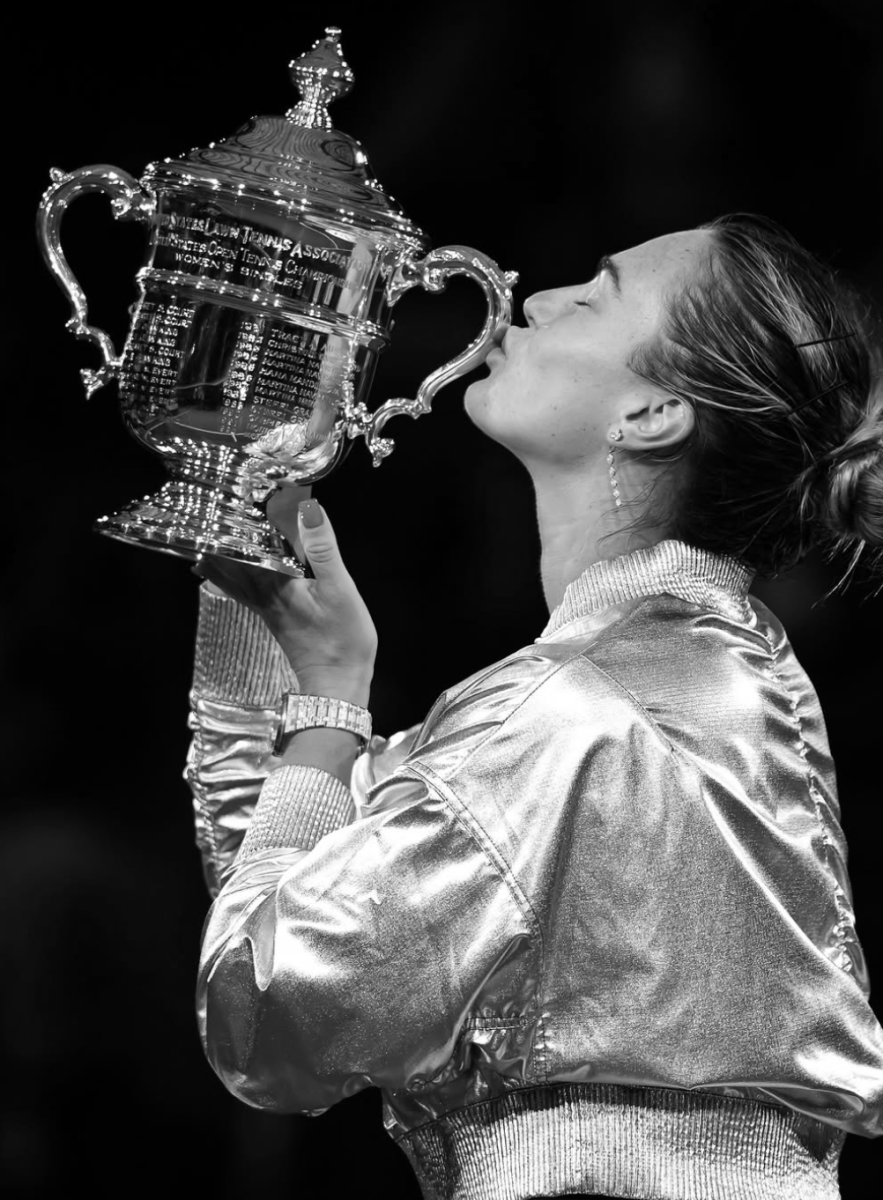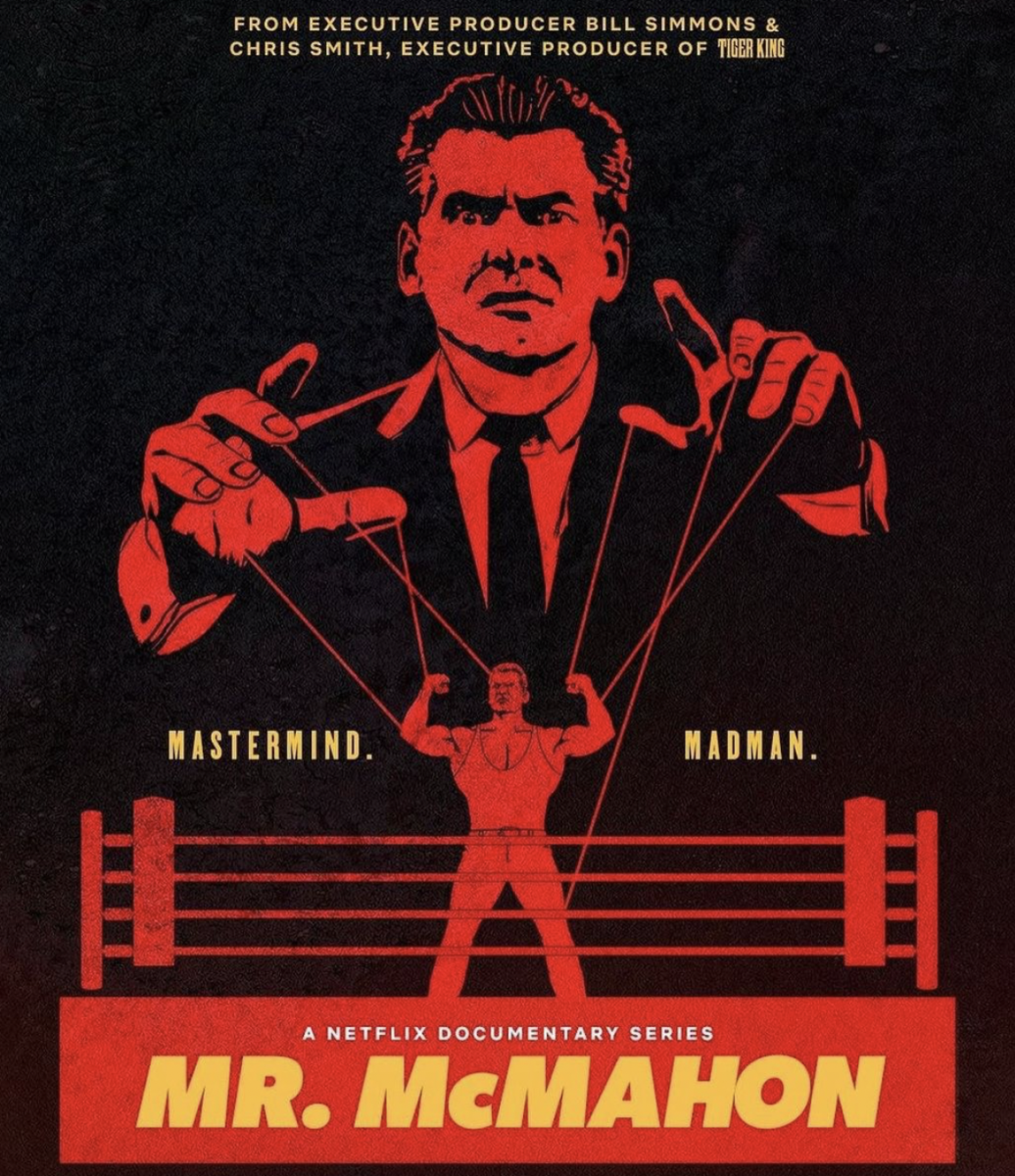Netflix released a mini-documentary series titled “Mr. McMahon” on Sept. 25, documenting World Wrestling Entertainment’s (WWE) meteoric rise under wrestling’s biggest CEO, Vince McMahon. In detailing the history of the wrestling company, it uses key factors in its history to define its biggest moments and the mastermind behind them.
Just a few months before the announcement of the documentary, McMahon made headlines when a former employee, Janel Grant, came forward with evidence of sexual harassment and emotional abuse at the hands of McMahon and others in positions of power within the company.
For non-wrestling fans, the documentary may not seem very interesting, but it exposes the power dynamics we’ve seen with top CEOs before. Those unfamiliar with wrestling aren’t left out of the viewing experience, as the film explains the inner workings of the business in detail.
The documentary poses an important question from the start: who is Vince McMahon? There is a difference between McMahon, the person and Mr. McMahon, the on-screen wrestling personality. No one, not even his family, friends or employees, can give a definitive answer on who he is.
While we do see the good in him at times, most of it is overshadowed by his faults: numerous controversies, the personality of his on-screen counterpart, Mr. McMahon and the debatable past of racial and misogynistic wrestling storylines.
By using McMahon’s involvement in the history of WWE, the documentary goes into the gritty details of its highest and darkest moments and how it culminated in McMahon’s eventual fall from grace as WWE’s CEO.
It left many wondering: how did they manage to pull off this documentary?
It was reported that McMahon attempted to buy back the Netflix documentary but did not come out successful, once again attempting to use his power to silence others, as the documentary suggests.
In McMahon’s statement on X condemning the documentary, he wrote, “This doc falls short and takes the predictable path of conflating the ‘Mr. McMahon’ character with my true self, Vince.” I would argue otherwise.
The content of “Mr. McMahon” and the storylines he was involved in later reflected his actions and the charges he was involved in. They add many clips to portray that this behavior of his character was common over his 40 year career. Was he simply playing a character all along?
The documentary is not limited in what it can say but does not mention enough. Picking distinct times during WWE’s history rather than focusing on McMahon as a businessman falls short at times. Other topics, such as the flaws in McMahon’s business practices are valuable in his assessment as a CEO.
McMahon claims that he and Mr. McMahon are two different people. But McMahon is also in charge of creative work for his employees and himself. So, while they might be two different “people,” they’re more alike than he would like to let on.





























































